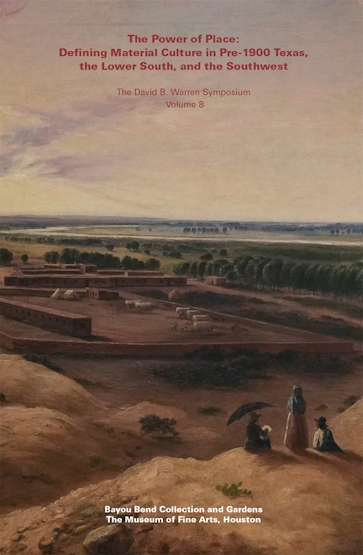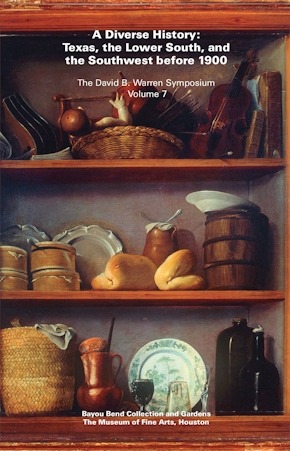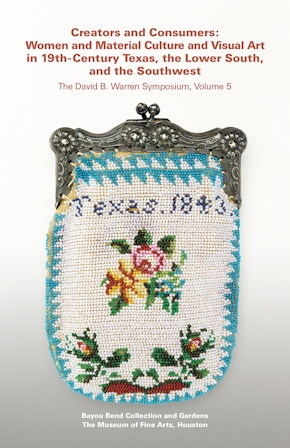The Power of Place
Defining Material Culture in Pre-1900 Texas, the Lower South, and the Southwest
978-0-89090-203-5 Paperback
5.5 x 8.5 x 0 in
188 pp. 124 color, 38 b&w photos.
Pub Date: 01/11/2023
Available
BUY NOW
- Paperback $16.95
This publication contains the revised and expanded proceedings of the 2021 symposium. The volume begins with the keynote address by Michael Grauer, which explores the lives of a New England family who moved to Texas in the late 1800s; the essay demonstrates how that move created challenges to their ideas and ideals, as well as how the family adapted to their new surroundings. Tara Dudley examines place making in Texas during the eras of the republic and early statehood (1835-65) through the efforts of enslaved builders and artisans. Alexis Monroe discusses a complicated reading of a mid-nineteenth century plantation painting of a West Texas ranch. Melinda Creech explores the history of the Polley Mansion, one of the most important plantation homes in early Texas. Olivia Armandoff analyses a scrapbook of trade cards that offers a vivid example of how local Texas goods interacted with national brands in 1887. The final two papers shift the reader’s focus to the lower South. Lydia Blackmore describes the role of New Orleans in the mahogany trade and the significance of the presence of the raw material in the port city, and Sarah Duggan discusses how commerce routes and climate shaped life on Gaineswood, an Alabama plantation.
Published by Museum of Fine Arts, Houston










